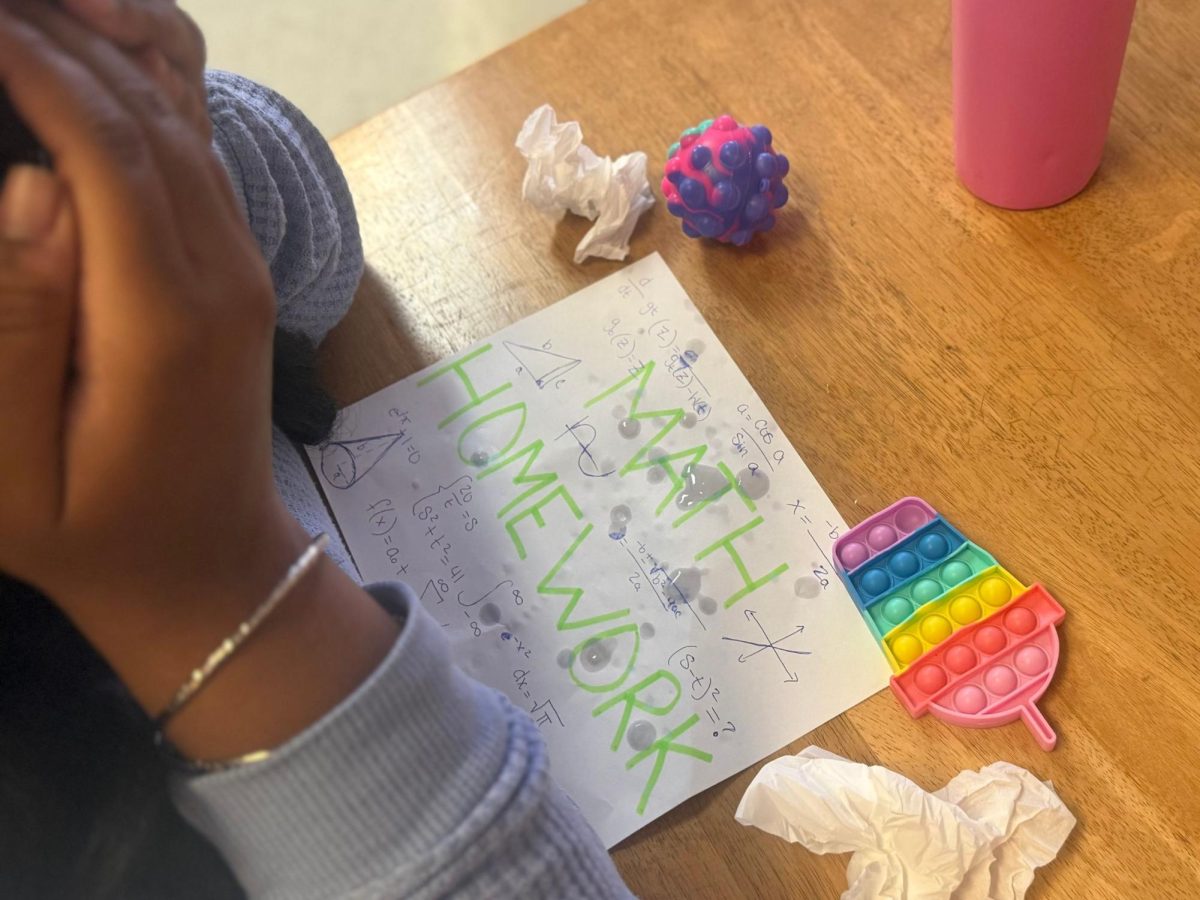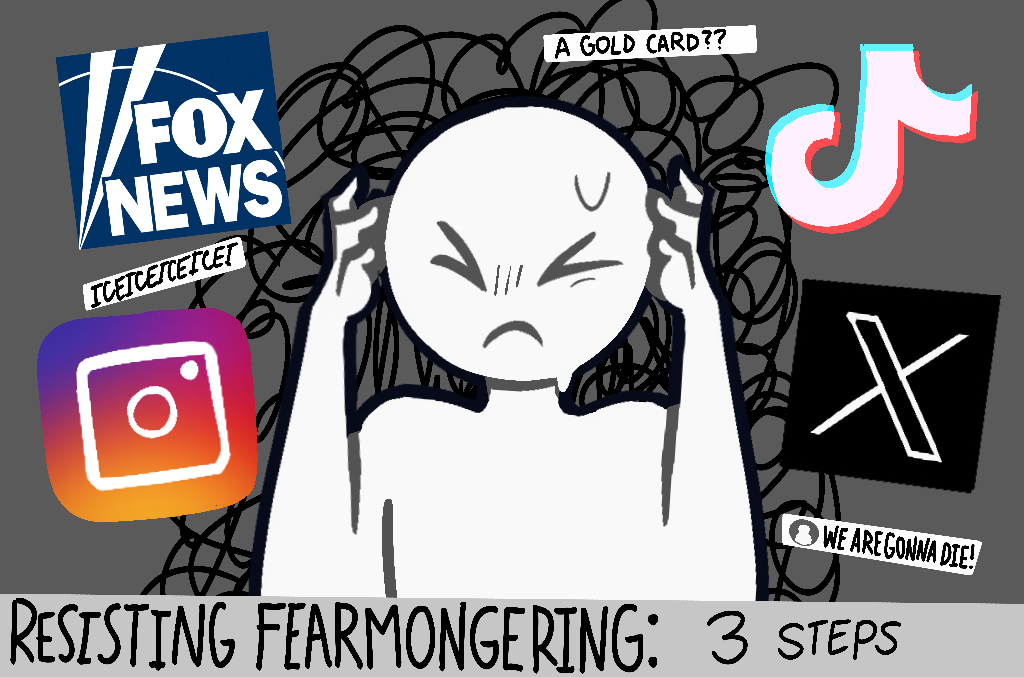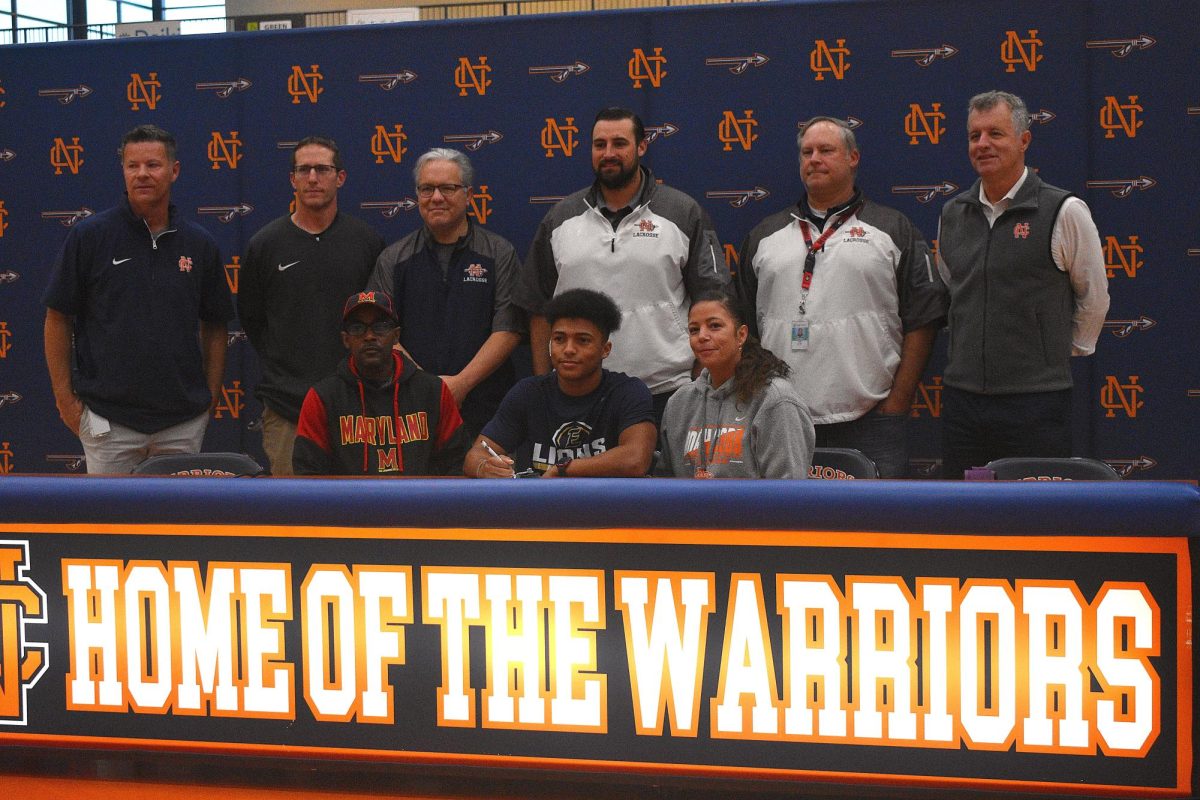Ordering gourmet food from a lavish steakhouse and it appearing at one’s door an hour later seems like a futuristic sci-fi movie. Food delivery, however, did not originate in the smartphone era. Historians believe the first food delivery took place in Naples, Italy, in 1889. In the 134 years since this historic date, food delivery trends mirror the events in the world. Shifts in labor, technology and wars have influenced the ways people receive their food.
While visiting Naples, Queen Margherita and King Umberto I of Savoy wanted to try food from Italy: Rafaele Esposito’s delectable and famous pizzas. According to legends, Esposito served the king and queen three pizzas after the royalty grew displeased with the normal French cuisine. The queen especially loved the pizza with mozzarella cheese, tomato and fresh basil, leading Esposito to name the pizza after her: pizza Margherita, or commonly known today as margarita pizza.
In the late nineteenth century, India noticed a rise in the population near metropolitan cities. Aiming to provide aid to the busy workers, Indian officials created a system known as Dabbawalas, which translates to “one who carries a box.” The Dabbawalas transported lunch boxes throughout Mumbai in an environmentally-safe and efficient method all without using smartphones. The Dabbawalas’ efficiency lasted throughout the years and remains prevalent in today’s society.
In the 1950s, food delivery services grew rapidly in popularity. Televisions took the world by storm and countless families acquired them in their homes. Staying home and watching the television consumed people’s lives and consequently, dine-in restaurants noticed a decline in visits. In an attempt to combat the low sales, several dine-in-only restaurants created carry-out and delivery options. Suburban families could now enjoy a tasty meal delivered to their homes while watching their favorite television programs. In response to the economic decline following World War II, a charity in Great Britain created a system to deliver meals to areas without steady access to food. Various countries still use Meals on Wheels today to provide food for low-income citizens and citizens with disabilities.
As smartphones became popular in the 2000s, food delivery spiked; office workers could order their lunch without leaving their desks. With the internet on the rise, New York businessmen launched Seamlessweb, shortly followed by its most prominent competitor, Grubhub. In 2013, DoorDash joined the food delivery market alongside Uber Eats in 2015.
“I use Uber Eats and DoorDash all the time. Whenever I am working night shifts during work I will just order food from somewhere on Cobb Parkway and eat that for my dinner. Uber Eats is really convenient because I do not have my license yet, so I can order food anytime and not have to worry about asking my parents or brother to take me somewhere to eat,” junior Nicolas Gomez said.
When the global pandemic of 2020 struck the world, the demand for groceries delivered directly to the door increased. After COVID forced Americans to stay locked away in their homes, restaurants limited their capacity or closed their doors entirely. In 2020, DoorDash accounted for over 45% of all food delivery orders in America, holding double-digit sales over competitors. Postmates, DoorDash and Uber Eats created a no-contact delivery in response to the social distancing and mask mandates from the United States government.
“I would consider myself pretty old school, so whenever I get hungry, instead of using food delivery apps to bring me food, I go out and pick up my food myself. From what I’ve witnessed, however, food delivery apps have changed the way my peers eat significantly. Whenever they get hungry, they immediately suggest ordering from Uber Eats,” senior Nadia Estime said.
The World Health Organization declared an end to the global Public Health Emergency for COVID-19 May 5, 2023. The use of food delivery services, however, does not see an end anytime soon. People will continue to enjoy high dining all without leaving the comfort of their homes.

















